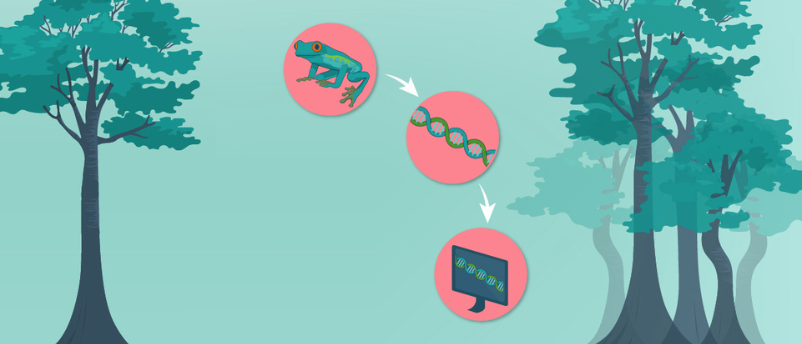
BioTechniques News
Annie Coulson

Critically endangered species need intensive conservation efforts to prevent them from becoming extinct. Access to high-quality reference genomes helps researchers make informed decisions about conservation interventions; however, many endangered species do not have reference genomes available, and areas with high biodiversity and conservation need often do not have local access to high sequencing capacity.
This infographic explores the use of high-quality reference genomes in conservation, and the ORG.one project, which enables researchers to rapidly study endangered species close to the sample’s origin, using the latest sequencing approaches.
[ui-tabs]
[ui-tab title=”Register”]
[/ui-tab]
[ui-tab title=”More information”]
Discover:
- The importance of high-quality reference genomes for sequencing
- Technologies used to generate these
- The ORG.one project
[/ui-tab]
[/ui-tabs]
Illustration by Hannah Morton and Tobias Dumbraveanu.
The post Infographic: Conservation of critically endangered species with nanopore sequencing appeared first on BioTechniques.
Full BioTechniques Article here
Powered by WPeMatico
